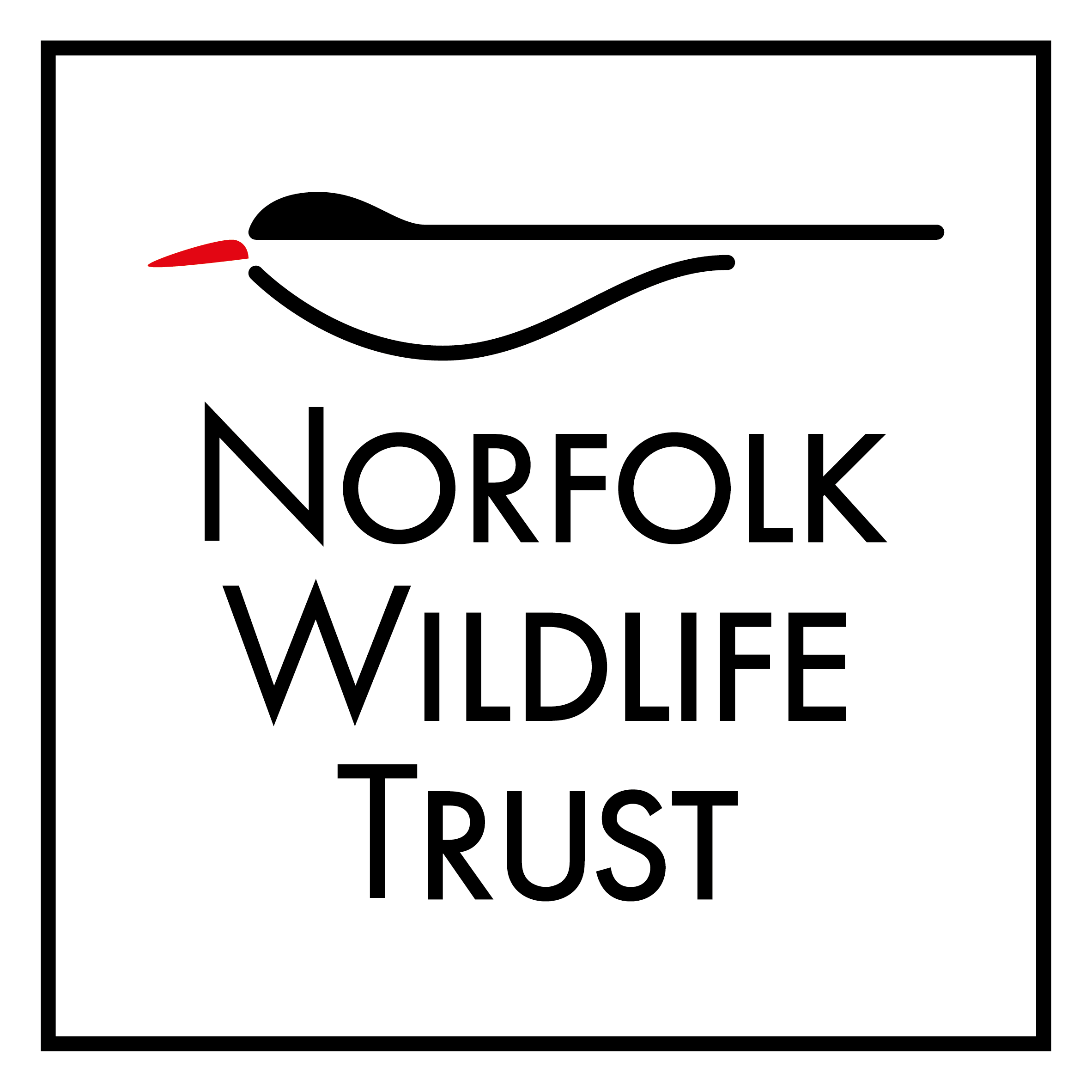Search
Search
Foray into fungi
As drivers of plant growth and agents of decay, we owe a great deal to fungi says Norfolk Wildlife Trust Reserves Officer Robert Morgan.
Nursery web spider
A common spider of heathland and grassland, the Nursery web spider has brown and black stripes running the length of its body. It is an active hunter, only using its silk to create a protective…
We’re partnering with Norfolk Churches Trust on a new Churchyard Conservation Award
The award recognises and rewards outstanding care of Norfolk’s historic churchyards.
Plants and fungi FAQs
What a tangled web we weave…
Although much maligned, and often feared, spiders are an essential part of our natural world and indicators of a healthy environment, says Norfolk Wildlife Trust Reserves Officer Robert Morgan.…
Snowdrop
Perhaps the first sign that spring is just around the corner is the snowdrop poking its way through the frosted soil of a woodland, churchyard or garden. From January, look for its famous nodding…
Garden spider
Have you ever stopped to look at the shape of a spider web? Garden spiders spin a spiral shaped web, perfect for catching lots of juicy prey!
Yew
The Yew is a well-known tree of churchyards, but also grows wild on chalky soils. Yew trees can live for hundreds of years, turning into a maze of hollow wood and fallen trunks beneath dense…
Morel
This unique fungus is one of the most sought after spring fungi of them all.
Oyster mushroom
Oyster mushrooms are shell shaped fungi that grow in tiers or fabulous clusters on dead trees or stumps. Unlike many fungi, these mushrooms are not seasonal and can be found all year round,…
Our impact
The Impact Report is a short graphical document produced for our members and other stakeholders. The Report & Audited Financial Statements is the more detailed statutory document.
